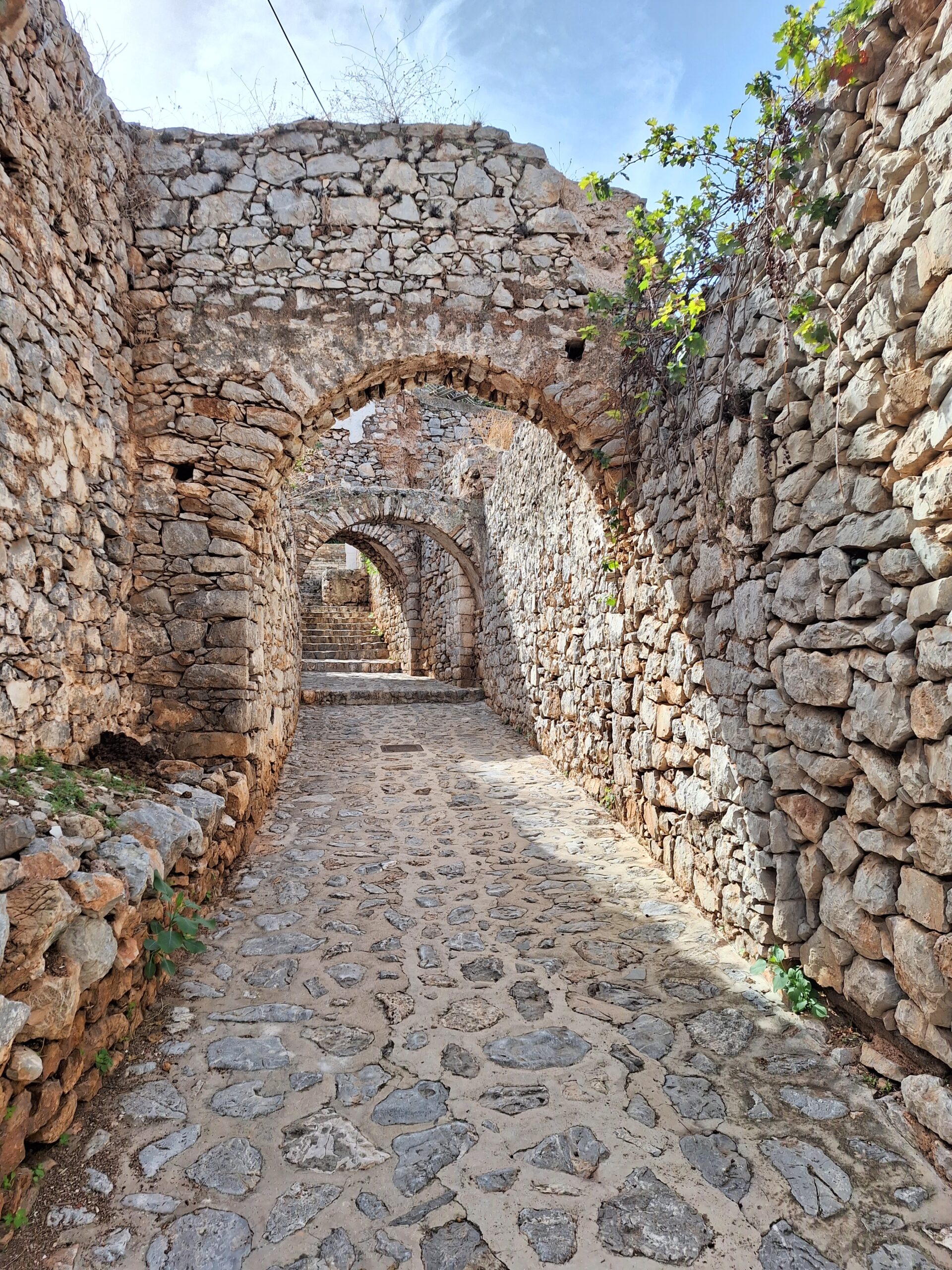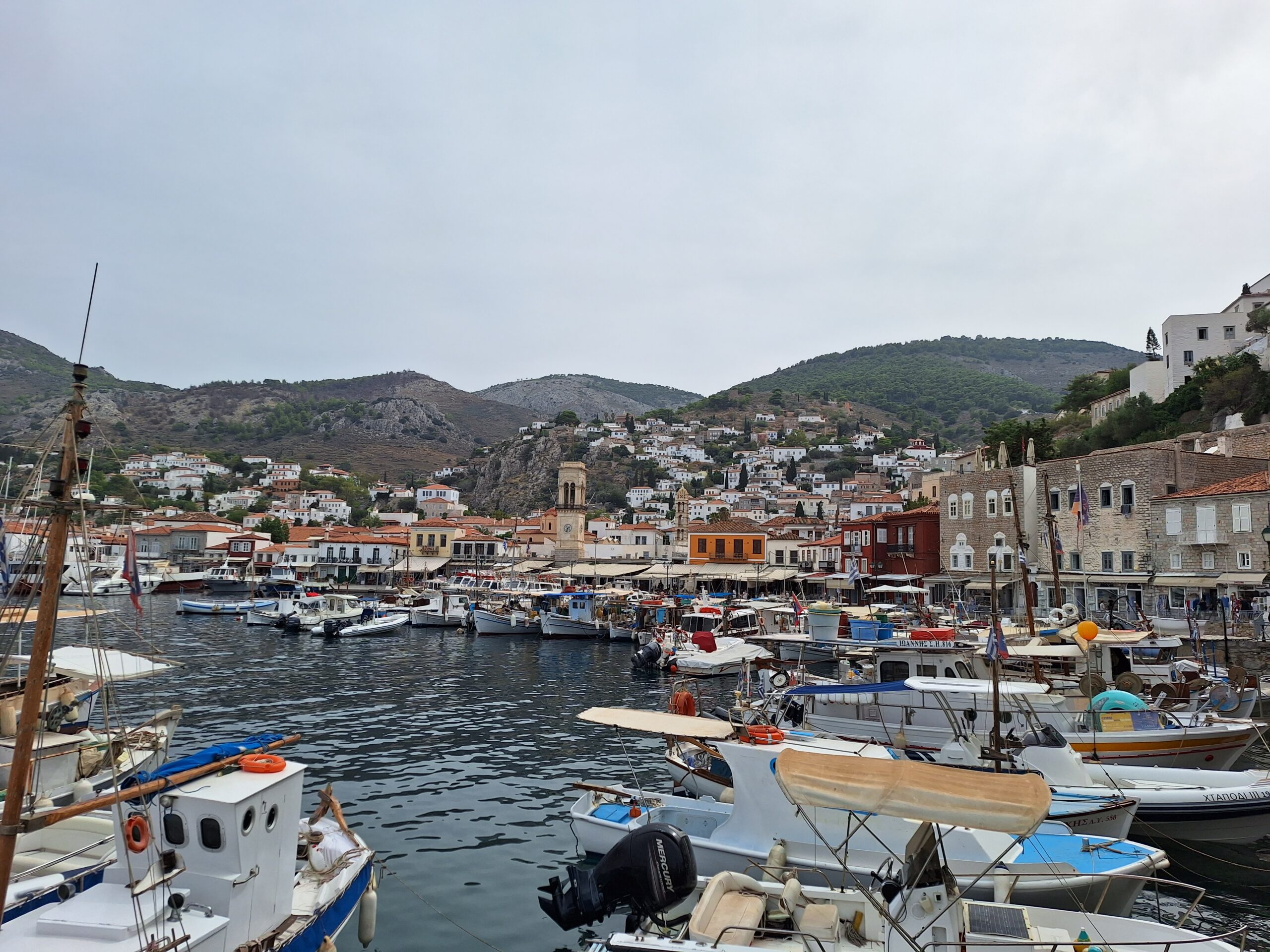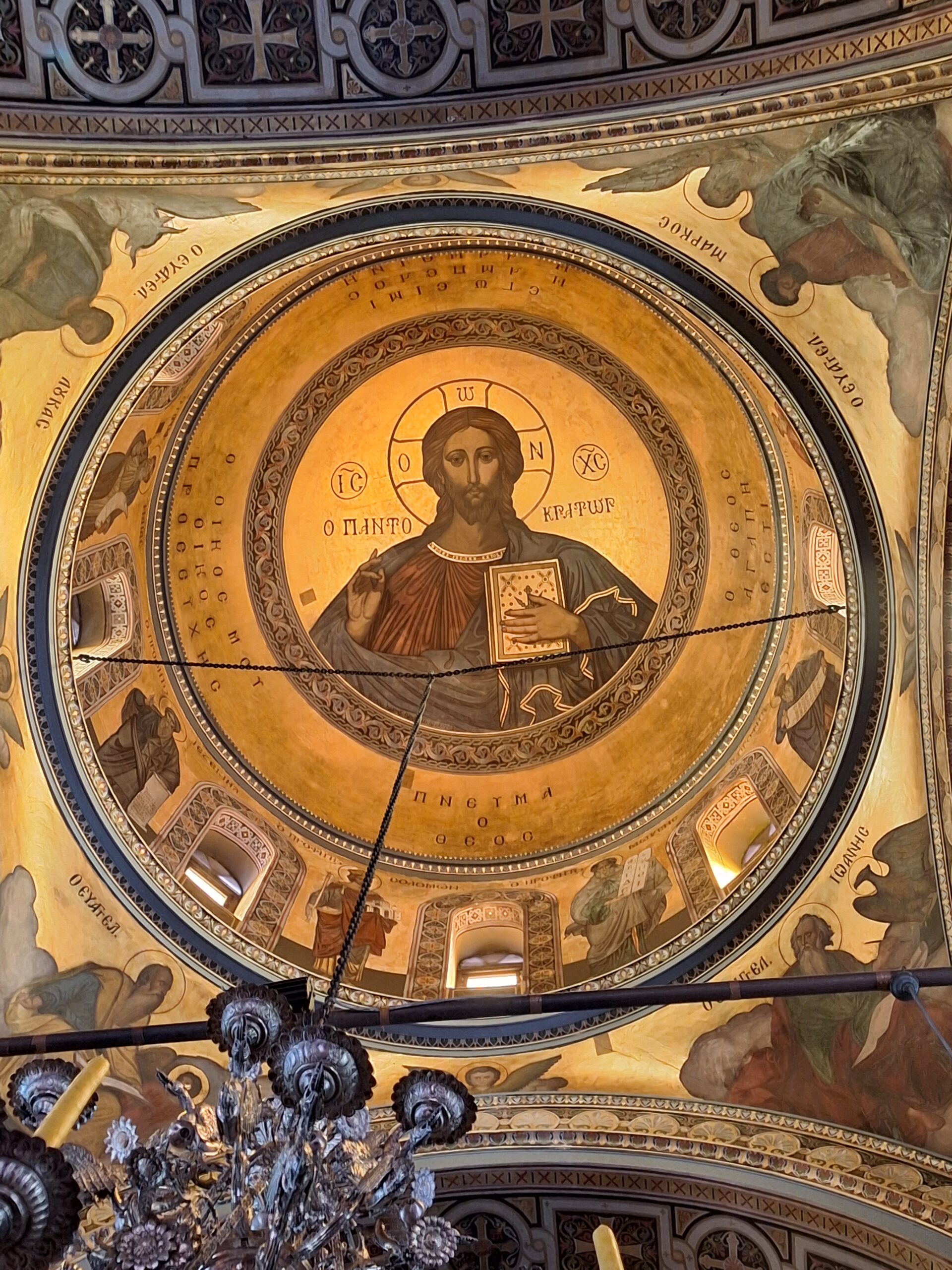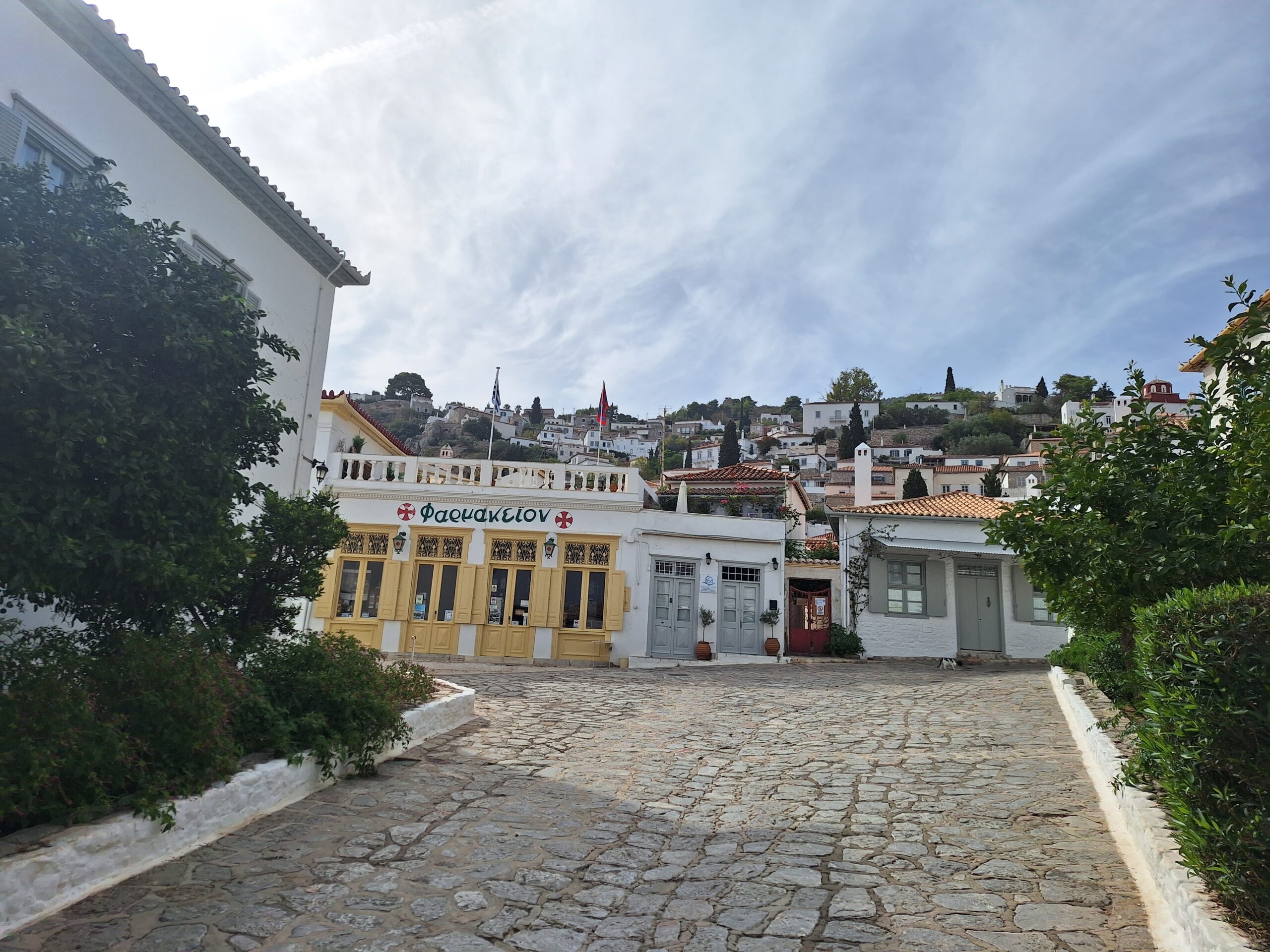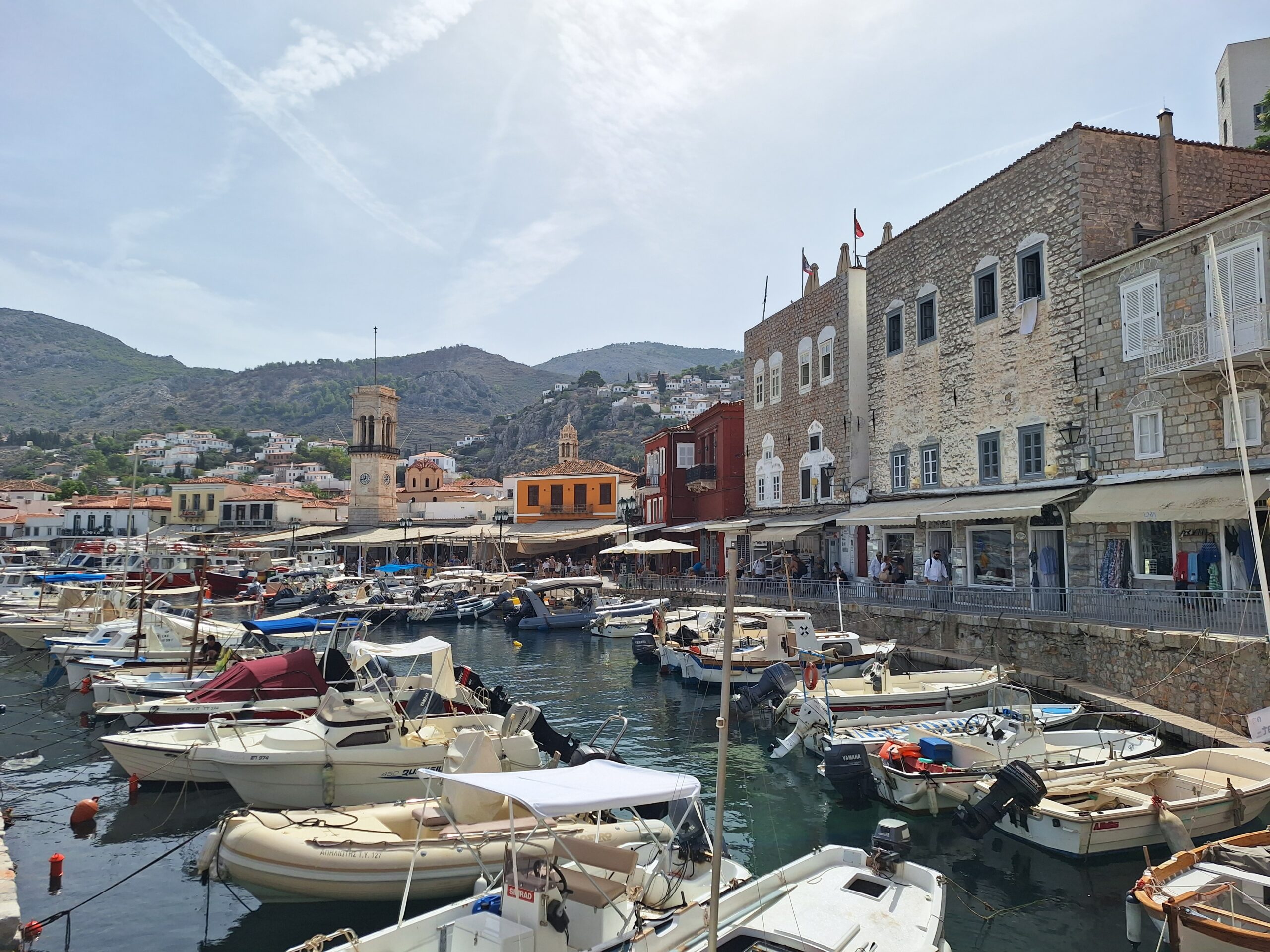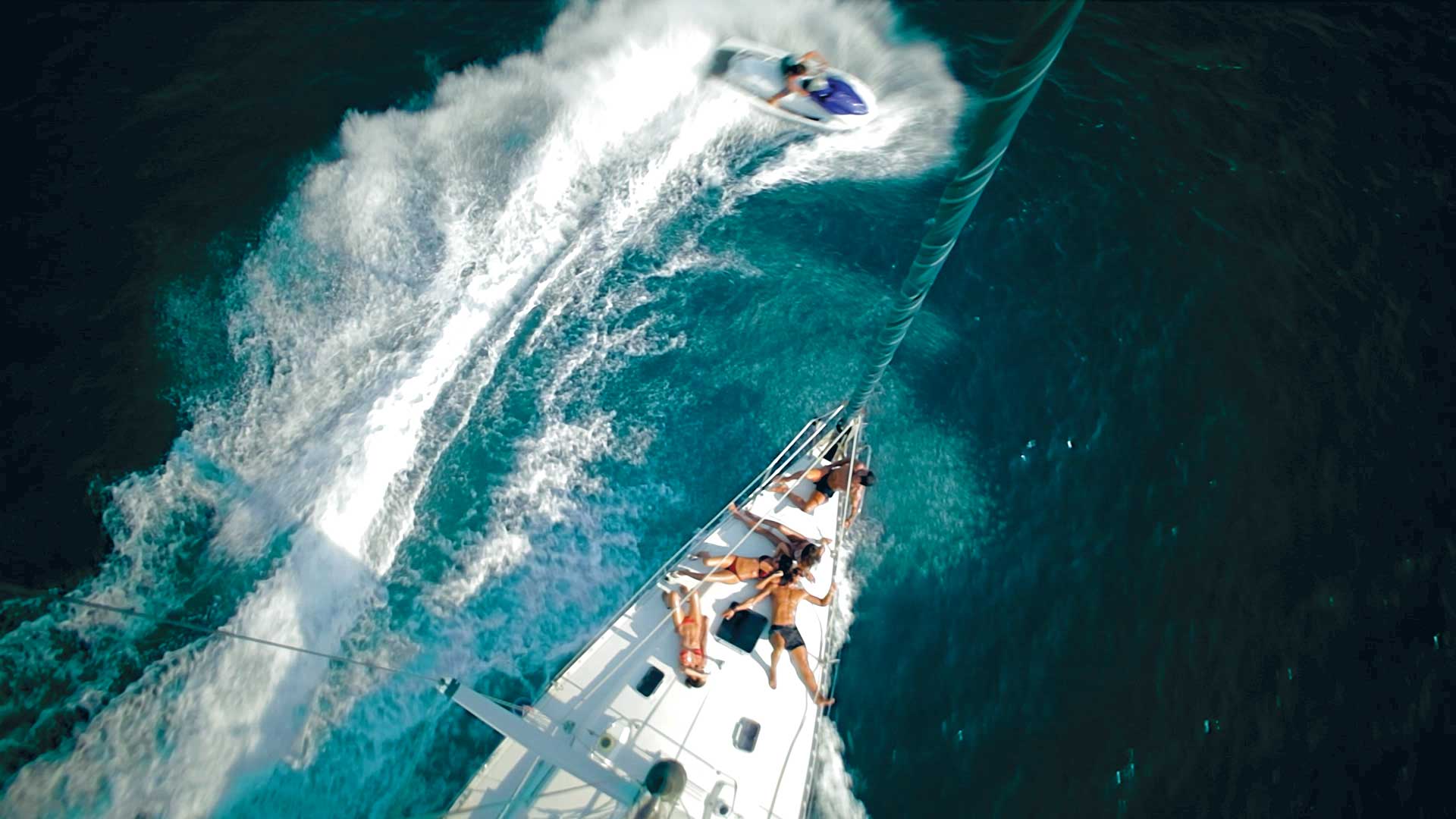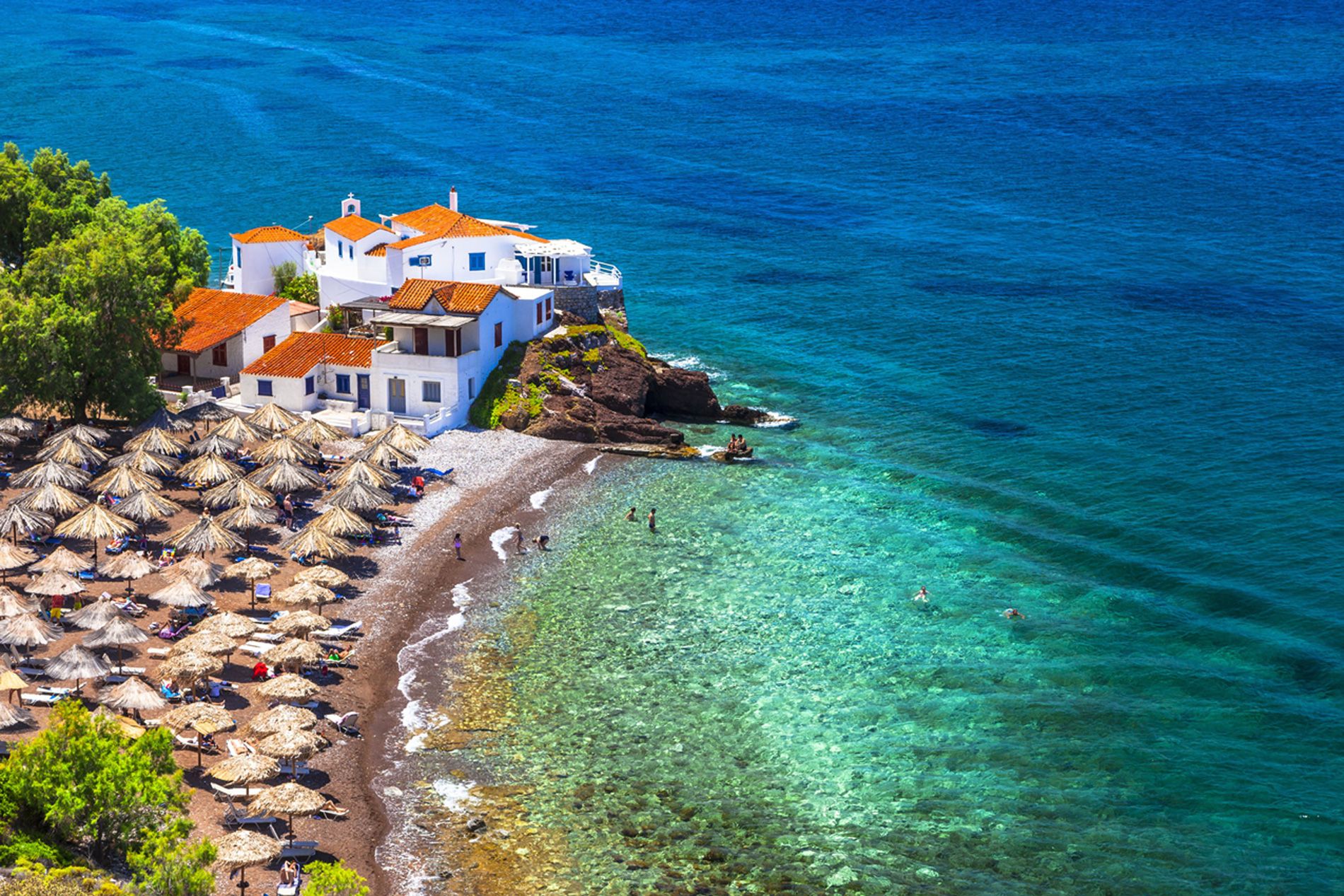Hydra Island
Useful
Information
Antonnioi Lignoi 34, Idra 180 40, Greece
Informations
Address:
Antonnioi Lignoi 34, Idra 180 40, Greece
Website:
https://ydra.gov.gr/articles/
Hydra Island
Hydra or Idra is a rocky and arid island that impresses with its wildness. In its eastern part there are small pine forests. To the west, the city of Hydra, one of the most beautiful traditional settlements of Greece, with the large mansions of the old ship owners and the cannons at the entrance of the port, harkens back to old glorious times. At the top of the mountain, stands the small monastery of Prophet Elias. There are also some pens and several small picturesque monasteries on the island, such as that of Saint Trinity, of Saint Matrona, of Saint Nicolas, of Saint Efpraxia and the Zourva Monastery. To the north and south of the city, there are the settlements of Vlychos and Mandraki.
In 1460, the first families settled on the island and built the fortress town of Kiafa, which is the first organized settlement of the post-Byzantine years. Its location in the north side provided security and direct access to the farmlands, the fields and the sea. Above Kiafa rises the Mount Eros, the highest mountain of Hydra that is strongly linked to the island’s history. The settlement had a defensive purpose and the construction is continuous and has high walls, with battlements. The settlement develops along a central pedestrian street. Many churches intersperse the urban area of Kiafa, while the religious center and the place for public gatherings and important events is the old church dedicated to the birth of Jesus Christ. The increase of the population, the close relationship with the sea and the economic autonomy they gained from the shipping activity resulted in the expansion of the city towards the sea. The morphology of the landscape strongly imposed itself on the design and development of the settlement. The expansion followed the natural directions of the land towards the sea, simultaneously in all directions and without pre-planning. The houses with the tiled roofs and terraces, the whitewashed or stone rectangular buildings, facing the port, provide an architectural set that matches Aegean aesthetic.
Until the last quarter of the 19th century, the roof terraces prevailed, but then the four-tiered ceramic roof was adopted as a more practical solution. The high paddocks with the characteristic undulations isolate the residence, limit the width of the road and intensify the impression of a densely built-up area. Vlychos was and still is a small settlement without its own nucleus. Both the built and the natural environment are in very good condition. The traditional architecture has been preserved. Hydra kept its agricultural character until the end of the 17th century. The urban physiognomy of Hydra took shape gradually during the 18th century. After 1715 (dissolution of the Venetian rule) maritime growth is general. Hydra emerges as the first naval power and its riches are untold. The entire population of the island became oriented towards professions related to shipbuilding and trade. Hydra had neither farmers nor products towards the end of the 18th century. During that period the urban physiognomy of the island was completed. The economic growth and the increase of the population lead the city to its peak, with charming residences expanding around the port. In Vlychos pre-revolutionary boats and brigs were built and its name came from the brackish waters of the well. The name Kaminia comes from the installation of stoves by the Sifnian potters. The contribution of Hydra with its fleet and leading figures in the national liberation struggle in 1821 was monumental.
As the flying dolphin approaches Hydra, it passes Mandraki, the last closed bay before reaching the port of Hydra.
Mandraki was the old war port of the island and its entrance was guarded by two small castles filled with cannons. Today there are the remains of these two castles. Mandraki is a very quiet area suitable for calm and relaxed family holidays in front of the sea. The organized Mandraki beach is the only entirely sandy beach on the island of Hydra and the only beach where there are toilets, changing rooms and showers for visitors. It is suitable for water sports; it has shallow waters and it is ideal for small children. Saint Nikolaos is also a natural bay on the south-western tip of the island of Hydra. It has an organized beach with fine pebbles and transparent crystal waters. Located at the head of the bay, with slopes overgrown with pine trees and it is suitable for underwater fishing. There are straw umbrellas and sunbeds with small tables, a canteen offering refreshments and food. The pine trees that are close to the shore provide natural shade and a cool spot for visitors. High up is the white church of Saint Nicolas and next to there is an installation of the Mycenaean- Early Helladic period, an ancient water supply project, perhaps the oldest in Greece.
Hydra, rich in history and traditions, is to this day a source of inspiration and creativity for artists and intellectuals. Many Greek authors have lived and written about Hydra, such as the Nobel laureate Georgios Seferis. The cultural life of Hydra owes a lot to the painter Nikos Hatzikyriakos-Ghikas and to the modern poet Miltos Sachtouris of Hydra origin. The painters Nikos Hatzikyriakos-Ghikas, Panagiotis Tetsis, Mavroidis Georgios and Vyzantios Konstantinos and other artists such as Pikionis, Georgios Seferis, Odysseus Elytis, Nikos Engonopoulos, Petsalis and Henry Miller and many other people of the spirit, who came to the island, got to know it, loved it. Hydra became for them the ideal place of inspiration and creation. The painter Periklis Vyzantios (1893 – 1971), in 1936, together with the then director of the School of Fine Arts, created the branch of the School of Fine Arts in Hydra, housed in the mansion of Admiral Topazis. It hosted personalities of Art and Letters, such as Chagall and the writer Daninos. Among the foreign artists who associated their name with Hydra is Leonard Cohen, famous songwriter and novelist, who arrived in Hydra in 1960 when there was already a small community of foreign writers and artists. Main figures were the Australian writers George Johnson and Charmian Clift, the English painter Anthony Kingsmil, the American painter Peter Nolan, the Norwegian writer Axel Gensen and the American poet Allen Ginsberg.
In the 1950s film producers “discovered” Hydra and chose it as the location for some iconic films. In 1957, the great cinematographic success “Boy on a Dolphin” with Sophia Loren, shortly before 1960 “A Girl in Black” by Michael Cacoyannis with Ellie Lambeti, and in 1962 “Phaedra” by Jules Dassin, with Melina Mercuri and Anthony Perkins. Today, every year, important visual exhibitions are hosted at the initiative of the collector Pauline Karpida at the HydraWorkshop, which is in its 17th year of operation, of the visual artist Dimitris Antonitsis at the Hydra School Project, which has been operating in the old High School, in the Sachtouris Mansion, for 14 years, and the collector Dakis Ioannou at the “DESTE” Foundation’s Project Space. The cosmopolitan character of the island and the special cultural tradition are supported today at all levels with exhibitions, seminars, lectures and workshops.
In the permanent list of declared archaeological sites and monuments, 28 declarations appear in Hydra, among which the settlement of Hydra, the settlement of Vlychos, the islet of Dokos, the monastery of Prophet Elias, the house of Miaoulis, the house of Kountouriotis, the mansion of Boudouri, the mansion of Gorogiannis, the temples St. Triada, Ypapantis, All Saints, the Cathedral of the Assumption of the Virgin which functions as an Ecclesiastical Museum, the Hotel Hydrousa, and other important monuments.
In terms of ecological value, the island of Hydra is protected as a CORINE Habitat (with an area of 5051.44 hectares, a total perimeter of 69.6 km with a maximum altitude of 588.0 m) as it is an important area for rare flora and mainly for two endemic species, while it is characterized as a Landscape of Particular Natural Beauty in its entirety. Notable plants such as Campanula anchusiflora, Malcolmia graeca hydraea, Stachys swainsonii argolica, notable mammals such as Monachus monachus (Mediterranean seal), notable amphibians/reptiles such as Ablepharus kitaibelii kitaibelii, Chalcides ocellatus ocellatus, Cyrtodactylus kotschyi saronicus Saronic) Malpolon monspessulanus insignitus (Sapitis) Malpolon monspessulanus insignitus (Sapitis) are found in the protected area.



